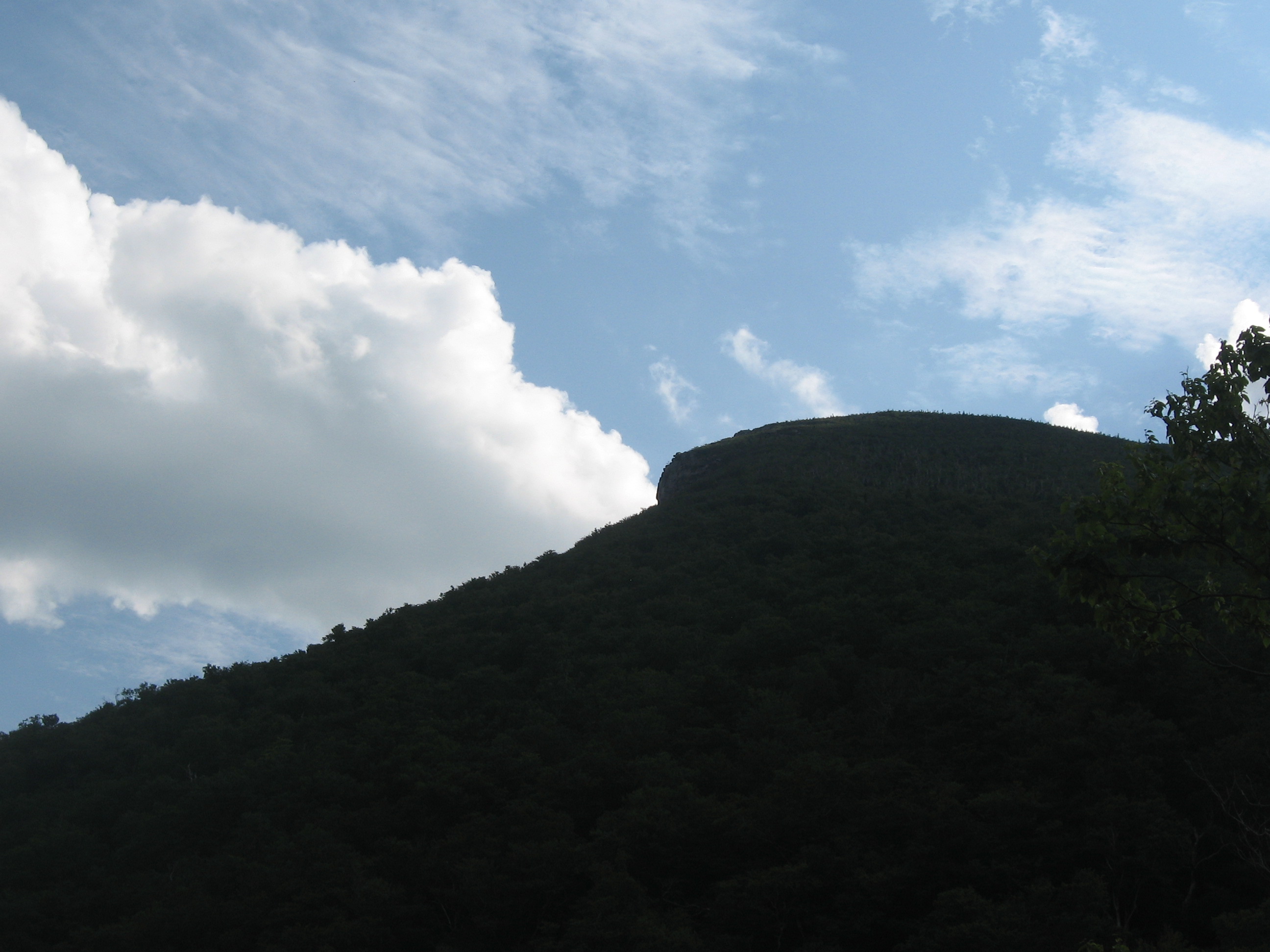Dear Reader,
The day before yesterday I met a friend in the White Mountains of New Hampshire for a little hiking and a lot of catching up. We mostly sat by a mountain stream (very healing!) in Franconia Notch and talked for several hours. When we parted ways, I drove north through the Notch and on a whim, pulled off into the Old Man of the Mountain visitor center.
If you are not familiar, the Old Man of the Mountain was a stone formation carved by glaciers, on an outcropping of Cannon Mountain, that, when viewed from the north, looked like the craggy profile of an old mountain man. It was first commented on as the Old Man as early as 1805.
Nathaniel Hawthorne wrote a short story inspired by the Old Man, entitled “The Great Stone Face,” and statesman Daniel Webster wrote of the Old Man:
“Men hang out their signs indicative of their respective trades; shoe makers hang out a gigantic shoe; jewelers a monster watch, and the dentist hangs out a gold tooth; but up in the mountains of New Hampshire, God Almighty has hung out a sign to show that there he makes men.”
Over the years, the continued action of Nature created ever-widening cracks in the Old Man’s face, which were repaired by chains, concrete, and steel rods.
All of man’s efforts were to no avail.
During the night of May 3rd, 2003, The Old Man of the Mountain came crashing down.
Now, I had probably seen the Old Man in person only once or twice in my life, when I was a kid out on a sunday ride with my parents. But I have to tell you that on that morning of May 3rd, when I read at work in New Jersey that the Old Man had fallen, I cried.
He had always been there, my whole life, watching over us all, there in New England. Suddenly, one morning, he was gone. All that was left was a rather bare cliff, as you can see from the photo. We were less than two full years removed from 9/11, which I had experienced living in New York City, and my father had died five years earlier. I had also recently experienced the end of a serious relationship.
Somehow, this simple act of nature summed up every bit of that loss for me.
So what was it like when I went back to the site day before yesterday?
It was, in a word, healing.
As I walked down the path to a beautiful mountain pond and the viewing area, I recalled vague memories of my parents showing me the Old Man. Even though the drive through the mountains, with me in the back seat, had seemed interminable at the time, it was a happy memory.
When I came to the site where the Old man had been, and looked up, I just saw a mountain cliff.
Then I saw a man with no face.
And finally, I saw the old man in all his glory.
All of those images were perfect.
At the site, a designer had created several tall metal profilers which, if you stood on the right spot, lined up the profiler just right, and closed one eye, revealed the profile of the Old Man of the Mountain as he used to appear.
A very creative installation – but I really didn’t need that aid to see the Old Man.
I realized that in the blink of an eye, I could choose to see a mountain cliff, a faceless man, or the old man himself – it was all a matter of my imagination and perception.
The perception of a simple mountain cliff was perfect, because it represented the present moment, the now, and the inevitability that everything changes.
The perception of a man with no face was perfect, because it somehow represented the universal “I” of which we are all part.
And the perception of the Old Man, still intact, was also perfect, because it told me that the Old Man was within me, waiting to be brought forth, and would remain within me always.
Are the actual rocks that formed the Old Man gone? Yes. And that is as it should be.
Is the Old Man of the Mountain himself gone? No.
And so it is with loss.
I honor your loving heart,
John




Leave a Reply